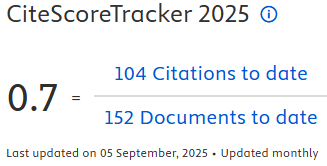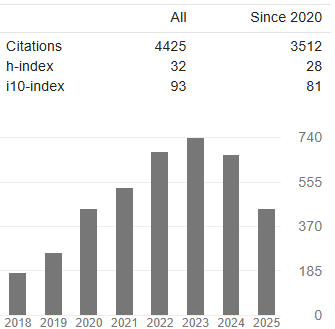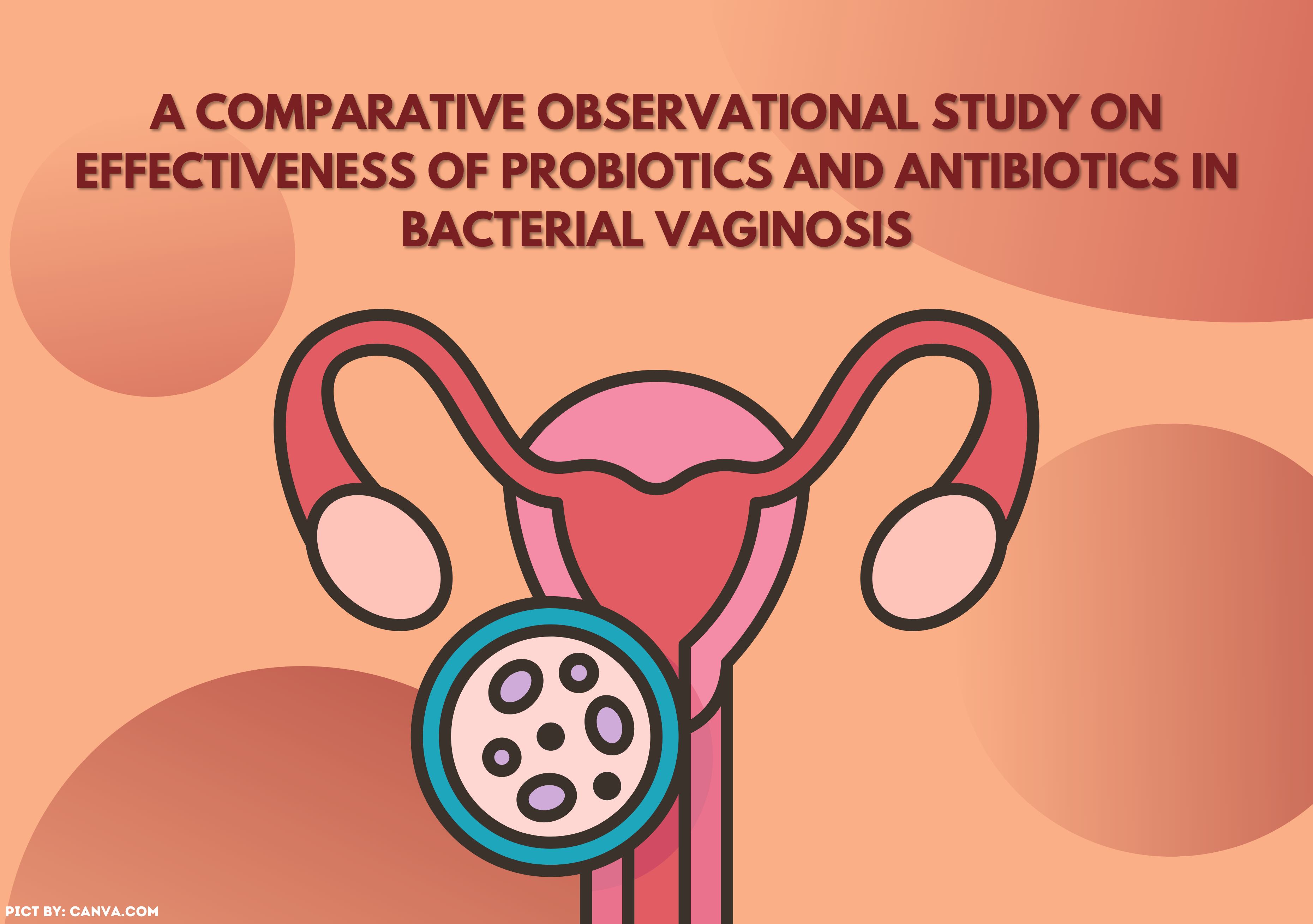GROWTH AND DEVELOPMENT ON INFANTS AGED 0-24 MONTHS WITH A HISTORY OF LOW BIRTH WEIGHT (LBW) IN DR. SOETOMO GENERAL HOSPITAL SURABAYA

Introduction: Low birth weight (LBW) is the baby's condition with a birth weight of <2500 grams. Babies with LBW tend to have the body not strong as normal babies, so growth or development disorders are often obtained. The condition ensues because the immaturity of some organs will affect the growth and development. Monitoring growth and development through the growth chart and the Denver II. Age 0-24 represents a critical period so that the time is right for the early detection of disorders. Aims: Determine growth according to W/A, H/A, W/H, and HC/A and development according to personal-social, fine motor, language, and gross motor. LBW infants aged 0-24 months Dr. Soetomo General Hospital Surabaya. Methods: Quantitative research using descriptive-analytic study and retrospective approach with a cross-sectional method. The sample was 81 babies who used a total population sampling technique with the medical record. Data processing used univariate and bivariate analysis chi-square. Results: The development dominated by delays measured using 4 domain (personal-social(59.3%), fine motor skills(61.7%), language(66.7%), and gross motor skills(85.2%)). Growth dominated by normal and above based on H/A(60.5%), W/H(55.6%), and H/A(50.6%); except W/A dominated below normal (55.6%). There was no relation between LBW with growth and development based on all domains, except personal-social domains. Conclusion: This study may prove that not all babies with LBW have growth disorder seen from all domains and the development dominate by delay on all domains. There is no relation between LBW with all domains of growth and development except personal-social.
Aramico, B., Sudargo, T. and Susilo, J. (2016) "Hubungan Sosial Ekonomi, Pola Asuh, Pola Makan dengan Stunting pada Siswa Sekolah Dasar di Kecamatan Lut Tawar, Kabupaten Aceh Tengah,” Jurnal Gizi dan Dietetik Indonesia (Indonesian Journal of Nutrition and Dietetics), 1(3), pp. 121. https://doi.org/10.21927/ijnd.2013.1(3).121-130
Ashar, H. et al. (2021) "Status Gizi dan Perkembangan pada Anak Baduta di Kabupaten Wonosobo.” Buletin Penilaian Sistem Kesehatan, 24(2). https://doi.org/10.22435/hsr.v24i2.4009
Badriyah, L. (2019) "Hubungan Karakteristik Keluarga, Ekonomi, dan Faktor Lain dengan Stunting, Wasting dan Underweight pada Anak Usia 6-23 Bulan di Indonesia,” Jurnal Ilmiah Kesehatan, 18(1), pp. 26–32. https://doi.org/10.33221/jikes.v18i1.201
Balasundaram, P. and Avulakunta, I.D. (2021) Human Growth and Development.
Barker, D. (2007) "The developmental Origins of Chronic Adult Disease,” Acta Paediatrica, 93, pp. 26–33. https://doi.org/10.1111/j.1651-2227.2004.tb00236.x
Casale, D., Desmond, C. and Richter, L. (2014) "The Association Between Stunting and Psychosocial Development Among Preschool Children: a Study Using The South African Birth to Twenty Cohort Data,” Child: Care, Health and Development, 40(6), pp. 900–910. https://doi.org/10.1111/cch.12143
Central Bureau of Statistics of East Java (2019) "Jumlah Bayi Lahir, Bayi Berat Badan Lahir Rendah (BBLR), dan Bergizi Kurang di Provinsi Jawa Timur menurut Kabupaten Kota Tahun 2019”.
Chakraborty, A. et al. (2014) "Risk of Developing Adulthood Obesity Among Females Born With Low Birth Weight: Results From a Non-Concurrent Study from Rural Southern India,” Indian Journal of Endocrinology and Metabolism, 18(3), pp. 414. https://doi.org/10.4103/2230-8210.131214
Cutland, C.L. et al. (2017) "Low birth Weight: Case Definition & Guidelines for Data Collection, Analysis, and Presentation of Maternal Immunization Safety Data,” Vaccine, 35(48), pp. 6492–6500. https://doi.org/10.1016/j.vaccine.2017.01.049
Holloway, J.M. and Long, T.M. (2019) "The Interdependence of Motor and Social Skill Development: Influence on Participation,” Physical Therapy, 99(6), pp. 761–770. https://doi.org/10.1093/ptj/pzz025
Inggriani, D.M., Rinjani, M. and Adila, S. (2019) "Deteksi dini tumbuh kembang anak usia 0-6 Tahun Berbasis Aplikasi Android,” Wellness and Healthy, 1(1), p. 115.
Izzah, K. (2018) "Hubungan Riwayat BBLR (Berat Badan Lahir Rendah) dengan Perkembangan Motorik Halus dan Kasar Bayi Usia 6-12 Bulan (Studi Di Wilayah Kerja UPT Puskesmas Kecamatan Babat),” Undergraduate Thesis STIKes Insan Cendekia Medika Jombang.
Jornayvaz, F.R. et al. (2016) "Low Birth Weight Leads to Obesity, Diabetes and Increased Leptin Levels in Adults: The CoLaus Study,” Cardiovascular Diabetology, 15(1), p. 73. https://doi.org/10.1186/s12933-016-0389-2
Kato, R. et al. (2015) "Underweight and Obesity in Low Birth Weight Children in Early Infancy in Japan,” Food and Nutrition Sciences, 06(03), pp. 339–347. https://doi.org/10.4236/fns.2015.63034
Khan, I. and Leventhal, B.L. (2021) Developmental Delay.
Kirk, C.M. et al. (2017) "Health, Nutrition, and Development of Children Born Preterm and Low Birth Weight in Rural Rwanda: a Cross-Sectional Study,” BMC Pediatrics, 17(1), p. 191. https://doi.org/10.1186/s12887-017-0946-1
Kyriakakou, M. et al. (2008) "Leptin and Adiponectin Concentrations in Intrauterine Growth Restricted and Appropriate for Gestational Age Fetuses, Neonates, and Their Mothers,” European Journal of Endocrinology, 158(3), pp. 343–348. https://doi.org/10.1530/EJE-07-0692
Lurio, J.G., Peay, H.L. and Mathews, K.D. (2015) "Recognition and Management of Motor Delay and Muscle Weakness in Children”, American Family Physician www.aafp.org/afp.
Mahayana, S.A.S., Chundrayetti, E. and Yulistini, Y. (2015) "Faktor Risiko yang Berpengaruh terhadap Kejadian Berat Badan Lahir Rendah di RSUP Dr. M. Djamil Padang,” Jurnal Kesehatan Andalas, 4(3). https://doi.org/10.25077/jka.v4i3.345
Ministry of Health. (2018) "Pedoman Pemantauan Tumbuh Kembang Anak”.
Minarti, I. and Mulyani, E. (2014) "Hubungan Usia Pemberian MPASI dan Status Gizi dengan Kejadian Diare pada Balita Usia 6-24 Bulan di Wilayah Kerja Puskesmas Jati Warna Kota Bekasi Tahun 2013,” Nutrire Diaita, 6(2). https://doi.org/10.30590/vol2-no1-p8-16
Murti, F.C., Suryati, S. and Oktavianto, E. (2020) "Hubungan Berat Badan Lahir Rendah (BBLR) dengan Kejadian Stunting pada balita usia 2-5 tahun di Desa Umbulrejo Kecamatan Ponjong Kabupaten Gunung Kidul,” Jurnal Ilmiah Kesehatan Keperawatan, 16(2), pp. 52. https://doi.org/10.26753/jikk.v16i2.419
Nasar, S.S. (2016) "Tata laksana Nutrisi pada Bayi Berat Lahir Rendah,” Sari Pediatri, 5(4), pp. 165. https://doi.org/10.14238/sp5.4.2004.165-70
Ntenda, P.A.M. (2019) "Association of Low Birth Weight with Undernutrition in Preschool-Aged Children in Malawi,” Nutrition Journal, 18(1), p. 51. https://doi.org/10.1186/s12937-019-0477-8
Nutrisiani (2010) "Pertumbuhan dan perkembangan anak.” Jakarta: Salemba.
Rahayu, A. et al. (2015) "Riwayat Berat Badan Lahir dengan Kejadian Stunting pada Anak Usia Bawah Dua Tahun,” Kesmas: National Public Health Journal, 10(2), p. 67. https://doi.org/10.21109/kesmas.v10i2.882
Ribeiro, C. da C. et al. (2017) "Development Skills of Children Born Premature with Low and Very Low Birth Weight,” CoDas, 29(1). https://doi.org/10.1590/2317-1782/20162016058
Ribeiro, L.A. et al. (2011) "Attention Problems and Language Development in Preterm Low-Birth-Weight Children: Cross-Lagged Relations from 18 to 36 Months,” BMC Pediatrics, 11(1), pp. 59. https://doi.org/10.1186/1471-2431-11-59
Sari, I., Ardilah, Y. and Rahmiwati, A. (2020) Low Birth Weight and Underweight Association in Children Aged 6-59 Months in Palembang, Indonesia: A Cross-Sectional Study. Atlantis Press. https://doi.org/10.2991/ahsr.k.200612.044
Sari, D.M.K. (2015) Hubungan BBLR dengan Gangguan Perkembangan Bicara dan Bahasa (GPBB) pada Anak Usia 2-5 Tahun Di RSB. Rachmi Yogyakarta tahun 2012-2014.
Scharf, R.J. et al. (2016) "Growth and Development in Children Born Very Low Birthweight,” Archives of Disease in Childhood - Fetal and Neonatal Edition, 101(5), pp. F433–F438. https://doi.org/10.1136/archdischild-2015-309427
Septira, S. and Anggraini, D.I. (2016) "Nutrisi bagi Bayi Berat Badan Lahir Rendah (BBLR) Untuk Mengoptimalkan Tumbuh Kembang,” Majority, 5(3), pp. 151–155.
Soltani, M. et al. (2018) "Study of Developmental Delay and Its Related Factors in Low Birth Weight Infants,” Iranian Journal of Pediatrics, 28(5), e14393. https://doi.org/10.5812/ijp.14393
Villar, J. et al. (2012) "The Preterm Birth Syndrome: a Prototype Phenotypic Classification,” American Journal of Obstetrics and Gynecology, 206(2), pp. 119–123. https://doi.org/10.1016/j.ajog.2011.10.866
Wayan, N. et al. (no date) Gambaran Perkembangan Personal Sosial, Adaptif-Motorik Halus, Bahasa, dan Personal Sosial pada Anak Balita Dengan Metode DDST II di Posyandu Wilayah Kerja Puskesmas Juanda Samarinda.
Westgard, C. and Alnasser, Y. (2017) "Developmental Delay in The Amazon: The Social Determinants and Prevalence Among Rural Communities in Peru,” PLOS ONE, 12(10). https://doi.org/10.1371/journal.pone.0186263
WHO (2019) "Low Birth Weight.”
Zoleko-Manego, R. et al. (2021) "Birth Weight, Growth, Nutritional Status and Mortality of Infants from Lambaréné and Fougamou in Gabon in Their First Year of Life,” Plos One, 16(2). https://doi.org/10.1371/journal.pone.0246694
Copyright (c) 2023 The Indonesian Journal of Public Health

This work is licensed under a Creative Commons Attribution-NonCommercial-ShareAlike 4.0 International License.
- The authors agree to transfer the transfer copyright of the article to The Indonesian Journal of Public Health effective if and when the paper is accepted for publication.
- Authors and other parties are bound to the Creative Commons Attribution-NonCommercial-ShareAlike 4.0 International License for the published articles, legal formal aspect of journal publication accessibility refers to Creative Commons Attribution-NonCommercial-ShareAlike 4.0 International License (CC BY-NC-SA), implies that:
- Attribution ” You must give appropriate credit, provide a link to the license, and indicate if changes were made. You may do so in any reasonable manner, but not in any way that suggests the licensor endorses you or your use.
- NonCommercial ” You may not use the material for commercial purposes.
- ShareAlike ” If you remix, transform, or build upon the material, you must distribute your contributions under the same license as the original.































